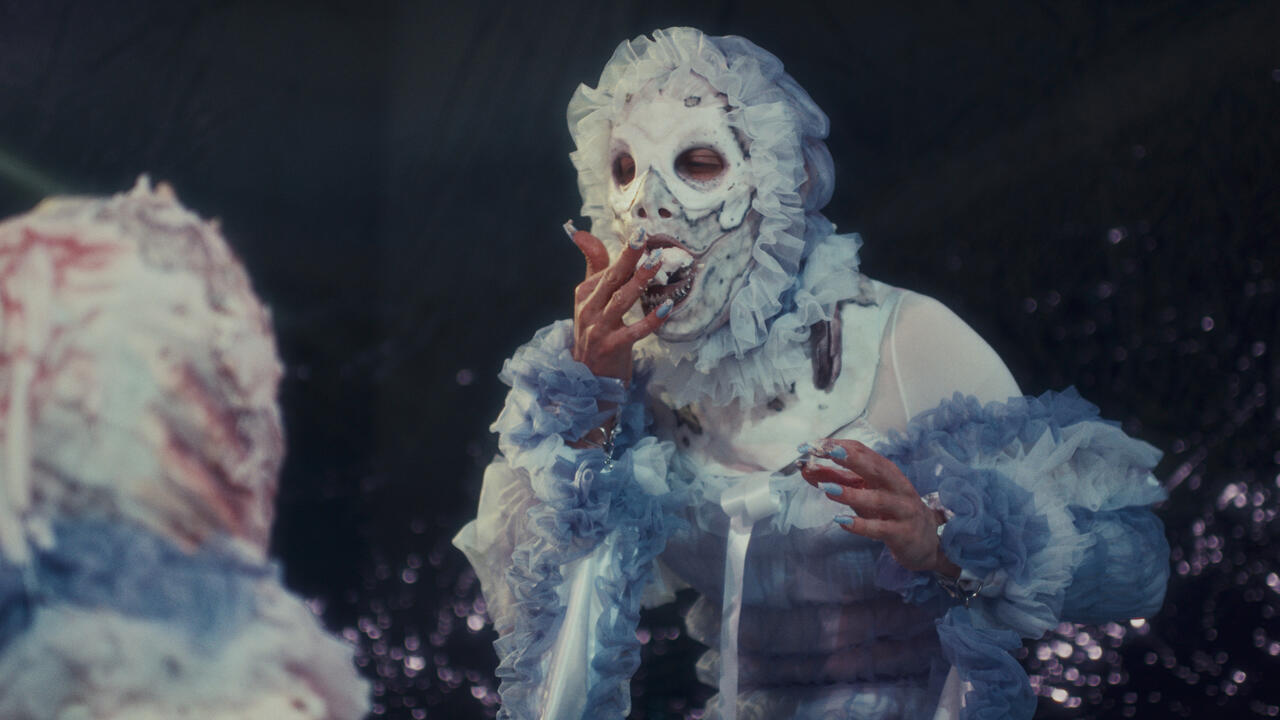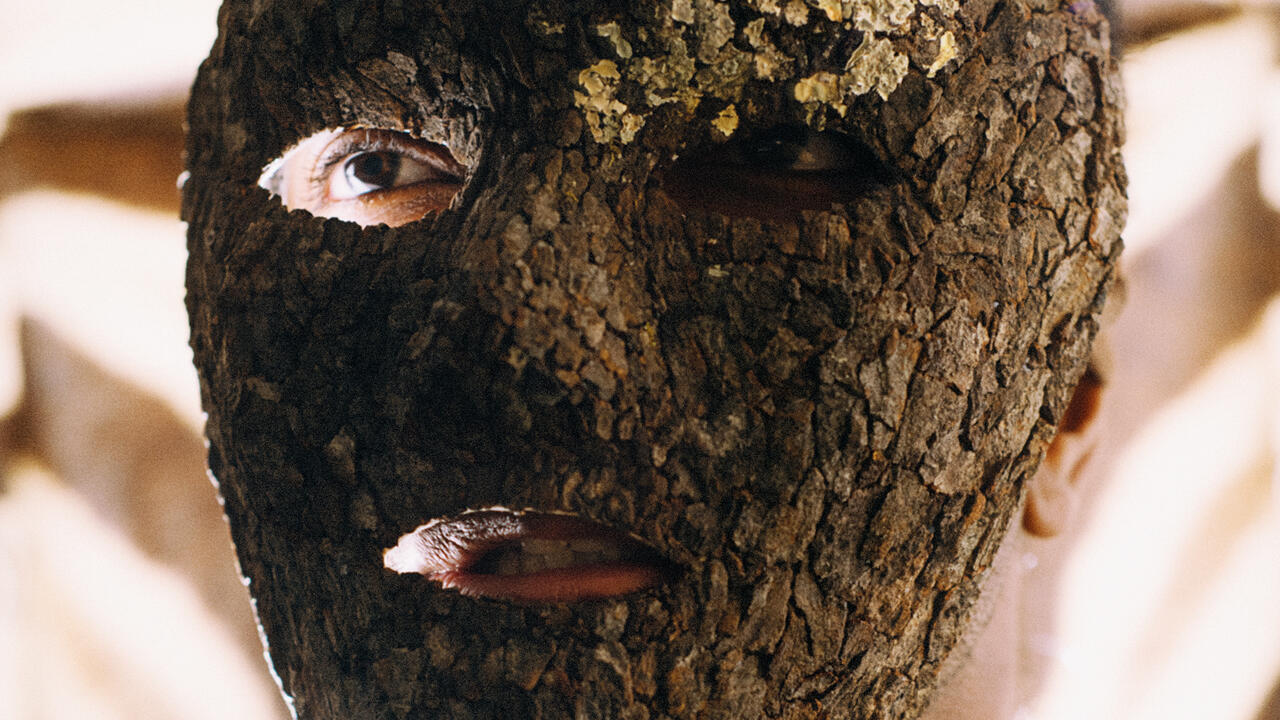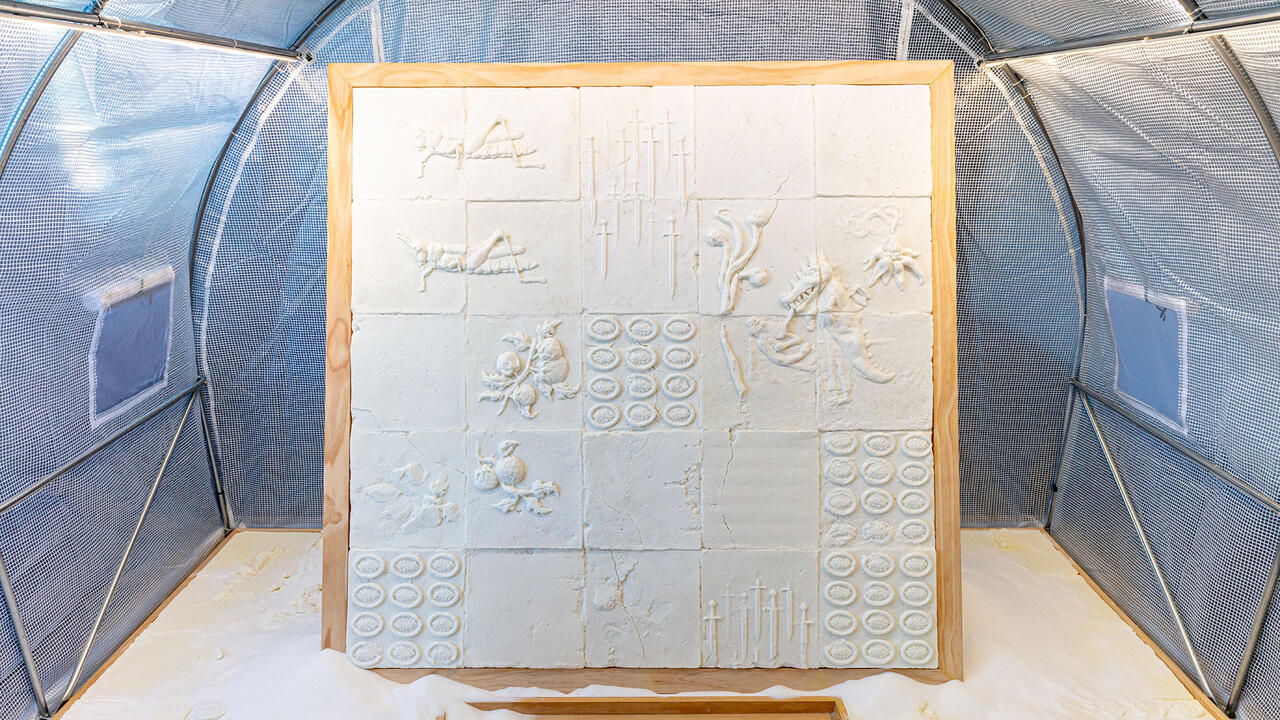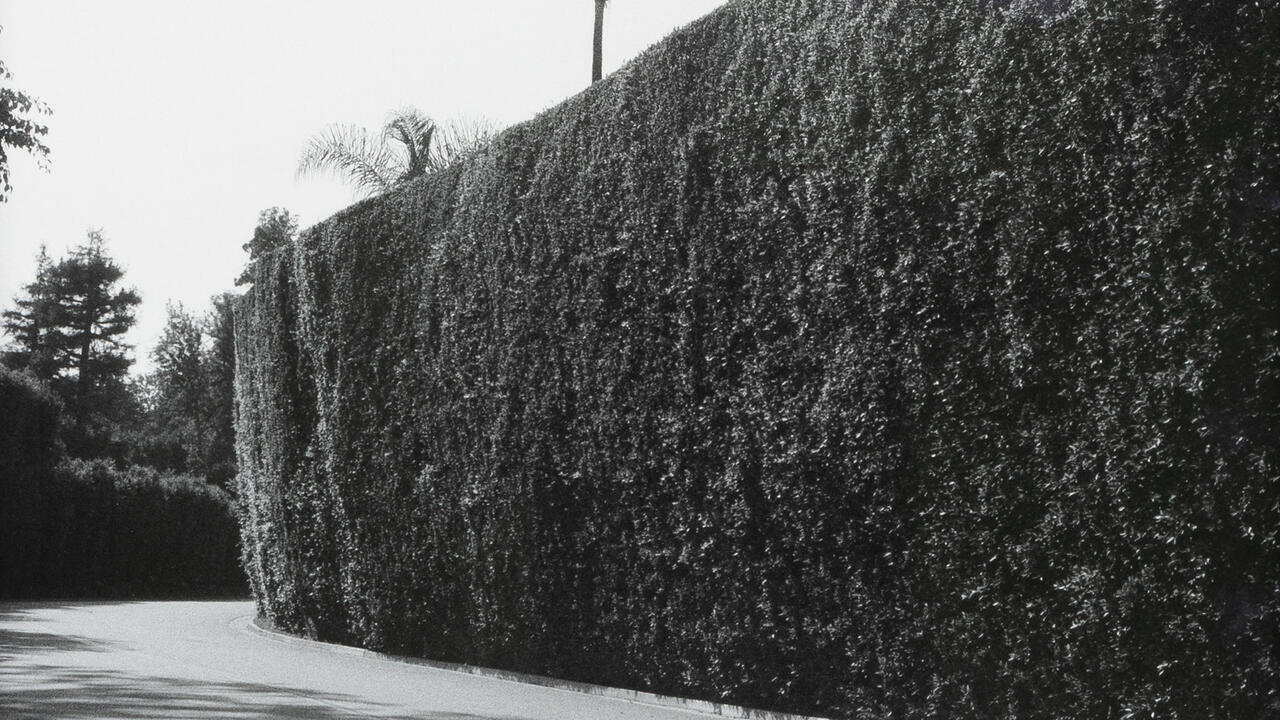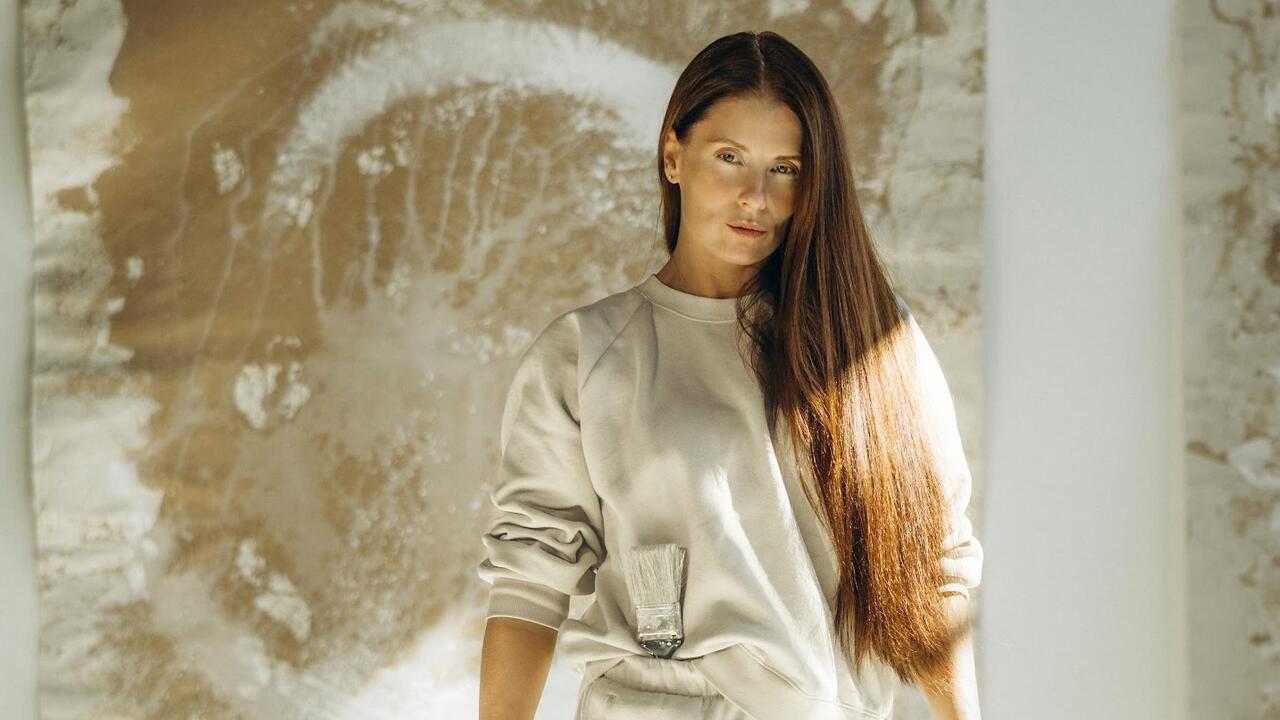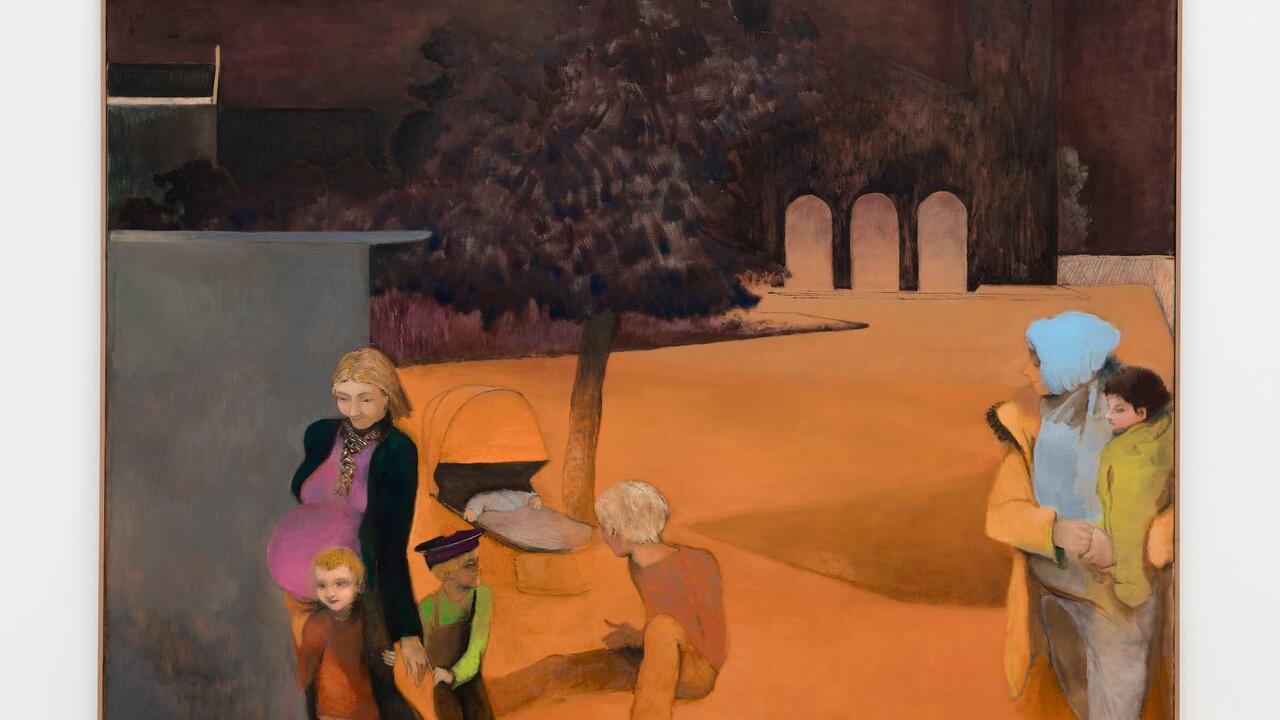Popol Vuh
The Werner Herzog Soundtracks
The Werner Herzog Soundtracks
AGUIRRE, THE WRATH OF GOD — Beginning by vincentyeo
It is one of the most memorable meetings of film and music, and also one of the simplest. The sound of an unearthly choir floats above a mountain mist, intoning a wordless theme. A simple pattern of octaves on an electronic keyboard accompanies the voices, as a slow procession of tiny human figures descend through the high-altitude fog, creeping down the stark cliff-face and slowly towards the camera. The voices feel familiar, like a church choir, yet alien – unearthly, taped-sounding, layering in odd ways, like a ghostly inversion of the stately Baroque music that another director might have used to soundtrack such a scene. For this is the story of Don Lope de Aguirre, a 16th-century conquistador, and his ill-fated expedition through the Peruvian jungle in search of El Dorado; but the director is Werner Herzog, the music is by Popol Vuh, and normal rules of chronological authenticity do not apply. Aguirre, Wrath of God (1972) inhabits the troubling reality of dreams, hallucinations or memories, both visually and sonically.
Between the early 1970s and mid-’80s, Herzog made a succession of films set in imagined pasts that would become iconic for a number of reasons. Made during a crucial period in which you can his an aesthetic developing, film-by-film, as concurrently the New German Cinema took shape, Aguirre, Nosferatu (1977), Coeur de Verre (Heart of Glass) (1976) and Fitzcarraldo (1982) have a Zeitgeisty, infectious charge and energy, helped by the volatile presence of actor Klaus Kinski (who stars in three of those films). Their soundtracks, by composer Florian Fricke and his band Popol Vuh, created a unique musical identity, too. Named after the Mayan book of the dead and fascinated by devotional and early music, yet schooled in rock idioms and academic electronic music, Popol Vuh’s haunting, deceptively minimal scores mirror the weird time-slip effect of the films’ visuals; they also bring out a preoccupation with transcendence and mystery that underlies Herzog’s portraits of human endurance and conflict.
Having these impressionistic soundtracks to hand at once in a recently-released five-CD box set makes for something of an odd experience, and in this format, some work better than others. Heart of Glass is a superlative drone-rock album, with or without its story of 18th-century glass-blowers (although it is far stranger set alongside the film, in which the actors played their parts under hypnosis), and a reminder that guitarist Daniel Fichelscher is Popol Vuh’s rather more unsung hero. The Aguirre album is the version augmented with further guitar-heavy tracks that aren’t in the film, and remains one of the most interesting soundtrack-not-soundtrack albums of its time. Fitzcarraldo, one of Herzog’s most popular films, bolsters the relatively few Popol Vuh tracks with archive recordings of Caruso (the main character’s obsession) and ethnomusicological fragments, like a conventional soundtrack.
The most satisfying on all counts is probably Nosferatu, which is also one of the most ‘musical’ films to watch – it’s carefully, quite lavishly scored, and showcases all the best aspects of the Herzog/Fricke partnership (with both hypnotic, folk-like melodies and unheimlich electronic textures). Cobra Verde (1987), one of Herzog’s least-liked films, emerges as a striking recording in its own right: tracks such as ‘Eine Andere Welt’ have an integrity that the film somehow lacks, the mournful, alienated, proto-New Age music speaking more clearly of the fractured reality of colonial society than Kinski’s crazed performance as the renegade slave owner of the title; the CD also contains the memorable recording of a Ghanaian girls’ choir that ends the film.
The Herzog/Vuh soundtracks have had an independent existence and influence that’s unusual among soundtrack recordings. This latest re-release reminds you of why that might be: they are not all ‘OSTs’ (official soundtracks) in the traditional sense, but experimental rock records, with repeated themes emerging across years and albums. They’ve been reissued before in other forms, broken apart for compilation purposes and put alongside non-film recordings such as 1971’s In Den Garten Pharoas, and to my mind have not suffered from it: Popol Vuh’s film music works best as a kind of sonic environment – a sort of place or state of being – rather than a collection of iconic ‘film themes’ (which other directors of the 1970s, Kubrick for example, seemed so keen to impose on the viewer/listener). It is periodically reclaimed precisely because it is so fragmentary, catching on stylistic drifts in underground music, whether that’s Krautrock revivalism, heavy modal rock à la Grails or Om, or, more currently, a trend for ambient, synth-led music of the ’70s and ’80s.
But alongside Fricke’s prescient sense of ambient music’s drift and flow, it’s Popol Vuh’s relationship to image that continues to fascinate, whether boxed monolithically for collectors with an almost cultish devotion to Fricke, or glimpsed briefly in the white noise of the blogosphere. For all the jungles, mountains and picturesque characters in Herzog’s films, and the soaring lushness of Fricke’s compositions, there is an absolute economy of both sound and image here that is rarely found today. In the 2002 book of interviews, Herzog on Herzog, the director speaks proudly of the lack of wasted footage in his films, and – even after five CDs of them – I hear a similar focus in Popol Vuh’s soundtracks: there is a constant drive towards the essential here; an eternal paring-down.





